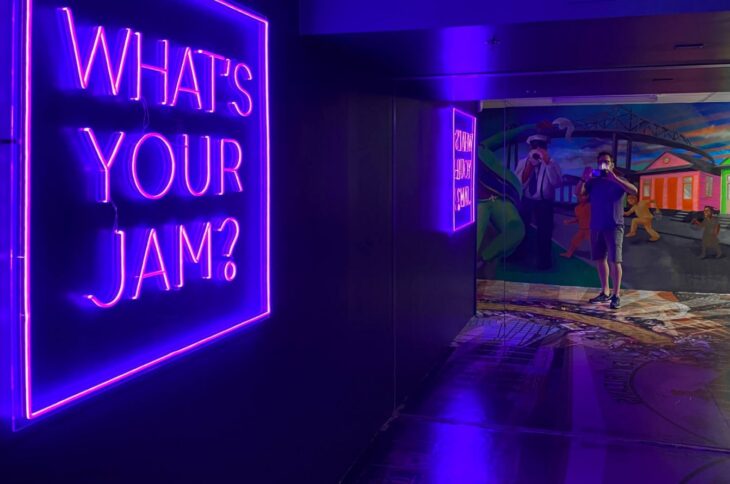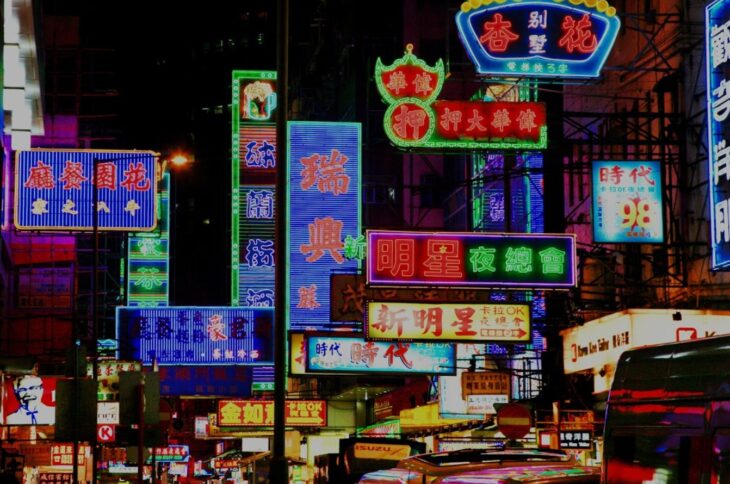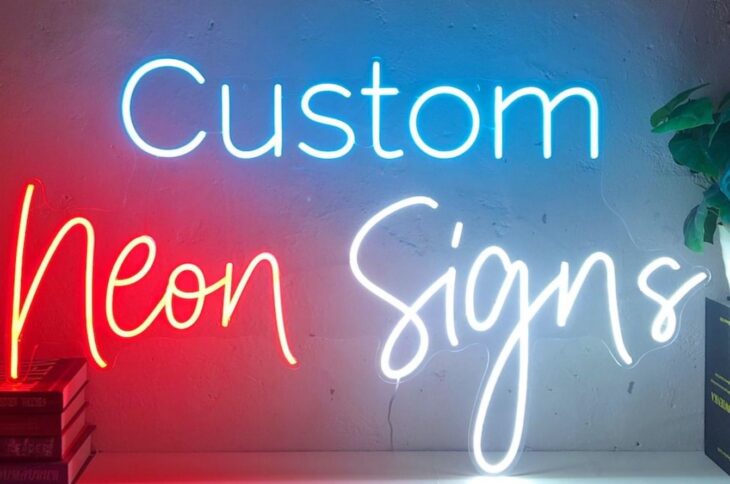It is a toxic business practice for rival companies to spread myths about their rival products. To boost sales, some LED manufacturing companies are publishing malicious information about Neon lights. Sadly, some of this information is putting fear in the mind of potential users. Well, it is time to settle this, once and for all. Neon Direct will separate neon lights myths from facts to help you make a better judgment. Dread should never control your purchasing decision.
Facts about neon signs
It is always a good practice to start a discussion from the known to the unknown. Likewise, we believe it will make more sense to talk about the neon light facts before delving into the myths. Also, it is some of these facts that competing companies stretch out of proportion.

Source: The Neonist
Neon lights are one of the oldest forms of lighting
Neon lights have been in existence for over a century. The rare element was first discovered by Sir William Ramsay and Morris W. Travers in 1898. Neon signage relies on the skills of glass benders to form the shapes that will bear the gas. Thus, there is no limit to how creative the signs would be. This is one of the reasons why businesses love Sculpt neon signs. Another sublime advantage is that the production process creates jobs for hundreds of glass benders.
For more info, visit: https://sculptneonsigns.co.uk/
Neon tubes contain toxic gases or chemicals
Neon is an inert gas that exists naturally in the air. They are not toxic or harmful to humans. Neon tubes filled with argon indeed contain a tiny amount of mercury vapor. However, this can only become a source of concern if there is a crack. Truly, neon tubes are fragile and should be handled with care. Also, mercury vapor is potentially harmful when the exposure happens over a long time. Interestingly, broken neon tubes can be recycled. This is an environmentally friendly method rather than throwing them away.

Source: Google Arts & Culture
Neon tubes use high voltage
Neon signage indeed uses very high voltage when compared to LED. However, they are often fitted with automatic regulating electronic converters to cut down power consumption. No doubt, very high voltages are dangerous and can lead to electrocution. To lower this risk, neon tubes come with earth leakage and open circuit protection. Thus, if the tubes ever get broken, power will automatically stop flowing.
Neon has a reddish-orange glow
It is true that neon gas gives a reddish-orange glow. However, you will often see neon signage glowing with other beautiful colors. This is often achieved by mixing different gases or substances like mercury, phosphor, and argon. In fact, some of the neon tubes don’t contain neon. Instead, they contain argon—which is another inert gas. This is another great advantage that neon lights have over other colorless or white lights.

Source: lacoubre.org
Neon lights are currently competing with LED lights
There is stiff competition between neon and LED lights. One of the seeming advantages of LED over neon is energy efficiency. However, LED is not as flexible as neon tubes. This is probably why many businesses are happy to continue using neon tubes. LEDs are also cheaper than neon tubes. Customers with a slim budget will likely settle for LED. However, neon tube manufacturers are increasingly innovating to make smaller signs. With this, they achieve affordable prices and lower energy consumption.
LED signage is brighter
If the goal is to make your signage visible from a long distance, LED will make a better choice. LED bulbs are often too bright for comfort and can cause discomfort to the eyes. However, this also limits how you can use them—especially in public spaces. Neon tubes are not as bright as LED lights, but this makes them more suitable for public spaces. The ambient glow of neon tubes allows potential customers to admire business signage. Usually, the longer a potential customer stares at signage, the higher their chance of buying. Therefore, the use of LED lights can be counterproductive.

Source: Neon Mfg.
Myths about neon signs
A lot of things you have heard about neon tubes are false. Sadly, human beings are often more inclined to believing myths than facts. Below are some of the popular myths about neon tubes.
Neon tubes are not environmentally friendly
Thankfully, people are becoming more environmentally conscious. This is important if we have to fight harmful gases in the air and curb global warming. Therefore, people are increasingly spending more money on environmentally friendly products. Unlike they tell you, neon tubes are environmentally friendly for two main reasons. Firstly, they last longer, and the tubes are recyclable. Therefore, it is safe for the environment, just like any other safe lighting technology.

Source: Brif.rs
Neon tubes heat up easily
In every lighting technology, energy is lost as heat. Neon tubes are not an exception. For this reason, when you touch the glass—after glowing for a while—they will feel warm. The claim that neon signage heats up fast is not true! Nevertheless, if the signage is not supplied with adequate transformer size to handle the number of tubes, this may happen. Another reason why this may happen is if there was a fault during the manufacture of the signage.
Neon tubes break easily
Yes, all glass products break when they collide with other materials. However, glass is also durable when handled carefully. If you can drink with a glass cup without being afraid that it will break, you certainly have nothing to worry about when it comes to neon tubes.

Source: AOOS Custom
Conclusion
It is crucial to mention that neon signage doesn’t require a fireman’s switch by law. However, it is necessary when you hardwire the signage into the main electricity. As you can see, a few of the myths you have heard about neon signage are true. However, they are exaggerated to instill fear and cause you to think of an alternative. In the end, we want your choice to be a matter of personal preference and aesthetics. Some will love neon more than LED and vice versa. It is totally fine.
